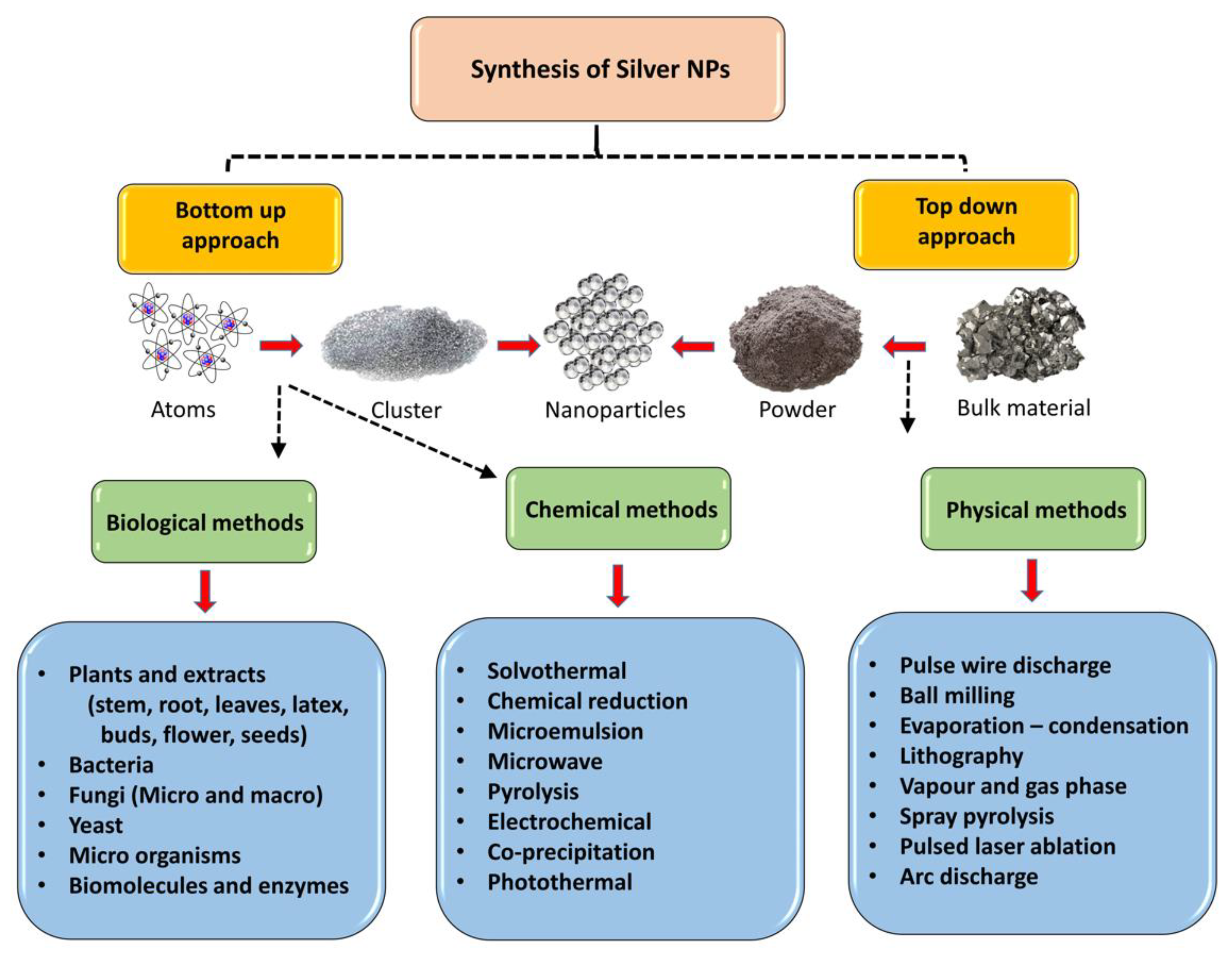Alright, let’s talk about this thing called “prehn” I messed around with recently. Heard about it, thought it might tidy up some of my workflow, you know? Always looking for ways to make things a bit smoother on my machine.

So, the whole idea started ’cause my project setups were getting kinda messy. Different configs, environment variables all over the place for different little projects I tinker with. Someone mentioned “prehn” could help manage this, like keep things separate but easy to switch. Sounded good, right?
Getting Started
First step, I went looking for how to actually use it. Found some guides, mostly bits and pieces here and there. Wasn’t like one big, clear manual. Felt a bit like piecing together a puzzle. Downloaded the tool, or maybe it was a script, honestly can’t quite recall the exact form it took. It wasn’t a huge download, thankfully.
Then I tried running the initial setup command. You know, the classic init or whatever it was called. Seemed simple enough. Point it at a directory, let it do its thing. First try? Nope. Got some weird error message. Something about paths or permissions, the usual suspects.
Hitting Some Snags
Okay, deep breath. Errors happen. Went back to the guides, searched for that specific error. Found a few forum posts, people having similar issues. Some said it was a Windows thing, others blamed Python versions (even though I wasn’t sure it was Python-based!). It was confusing. The documentation, or what I could find of it, wasn’t super helpful on troubleshooting.
- Checked my system paths. Seemed okay.
- Tried running as administrator. Sometimes that magic trick works. Not this time.
- Looked at the config file it supposedly created or needed. It wasn’t even there yet.
Spent a good hour just trying different small tweaks based on those forum suggestions. It felt like poking a bear in the dark. You don’t know what you’re hitting, but you hope something changes.

Making Some Headway
Finally, I stumbled upon a comment buried deep in some thread. It mentioned needing a specific hidden file or environment variable set before running the init command for the first time. Why wasn’t this in the main guide? Who knows! Typical, right?
So, I created that empty file, set the variable, and ran the command again. And… progress! It actually ran through, created some folders, and printed a “success” message. Felt like a huge victory, even though it was just step one.
Using It (Sort Of)
After that initial hurdle, I started trying to use “prehn” for its actual purpose. Set up profiles for two different projects. It involved editing some text files, defining what needed to change when I switched profiles. It kinda worked. I could switch between Project A and Project B, and some settings would change.
But, it wasn’t perfect. Sometimes it missed a setting, or I’d have to manually restart something for the change to take effect. It wasn’t the seamless magic I was hoping for. It felt a bit clunky, like an early beta version of something.
Honestly, after using it for a few days, I found myself spending more time managing the “prehn” setup than I saved with the context switching. It added another layer of stuff to remember and maintain.

So, yeah. That was my little adventure with “prehn”. It works, kind of. But it wasn’t the smooth solution I was picturing. Maybe it’s great for some specific use cases, or maybe I just didn’t get the hang of it properly. For now, I’ve kinda stopped using it actively. Might revisit it later if I hear it’s improved or if my setup gets drastically more complex. But for now, back to my slightly messy, but familiar, old ways.
